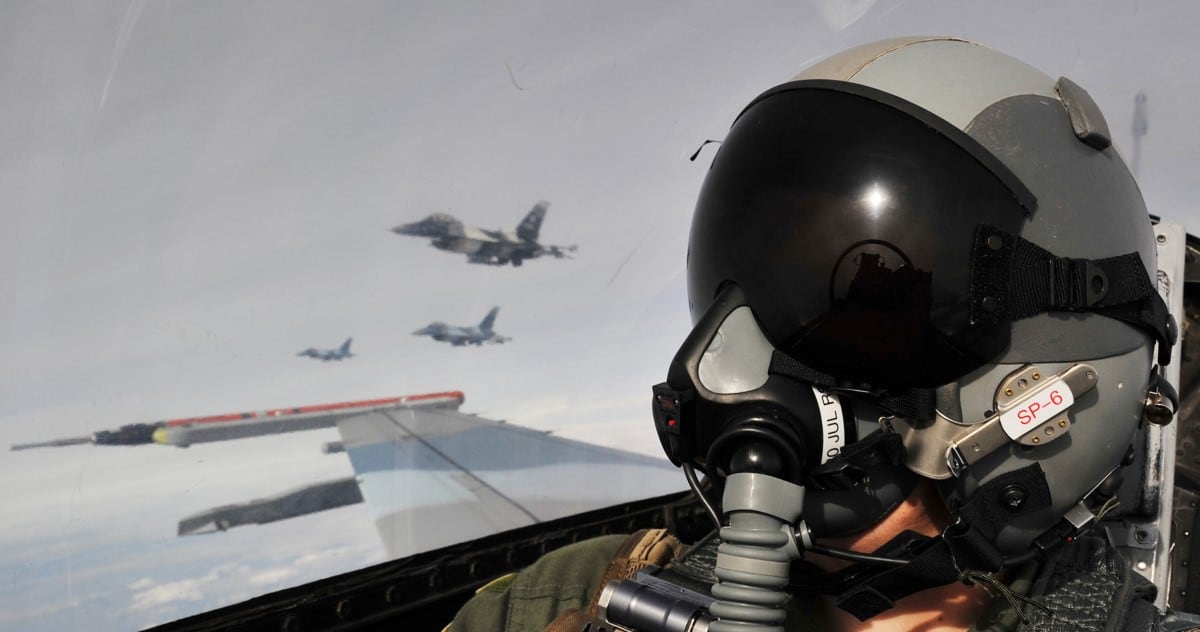The Air Force has pinpointed the cause of an alarming series of hypoxia-like incidents in its T-6 Texan II trainers throughout 2018. In the year ahead, the service will continue working on correcting those problems — for good.
Air Education and Training Command officials said in September that the unexplained physiological events were primarily caused by fluctuating concentrations of oxygen in the cockpit. It put into place some immediate changes to help with the problem, such as purging excess moisture from the On-Board Oxygen Generating System, or OBOGS, increasing maintenance on the system, and adjusting the oxygen levels in flight.
RELATED

But AETC also wants to redesign the OBOGS system to better stabilize the proportion of oxygen in the air pilots breathe. That is going to take AETC and Air Force Materiel Command at least two years to accomplish — maybe four.
AETC and AFMC are also working with Beechcraft, the manufacturer of the T-6, to adjust the software algorithm in the OBOGS to stabilize oxygen concentrations and reduce physiological events.
Those physiological events include hypoxia, or lack of oxygen, and hypocapnia, or lack of carbon dioxide. Symptoms can include shortness of breath, dizziness or disorientation as pilots fly, and they could even lose consciousness.
Stephen Losey is the air warfare reporter for Defense News. He previously covered leadership and personnel issues at Air Force Times, and the Pentagon, special operations and air warfare at Military.com. He has traveled to the Middle East to cover U.S. Air Force operations.





